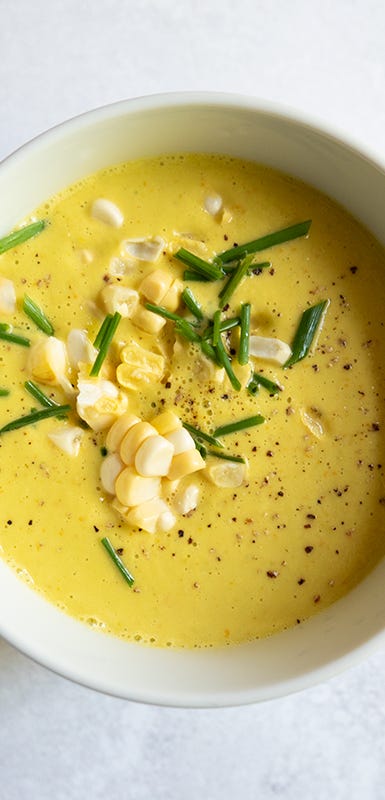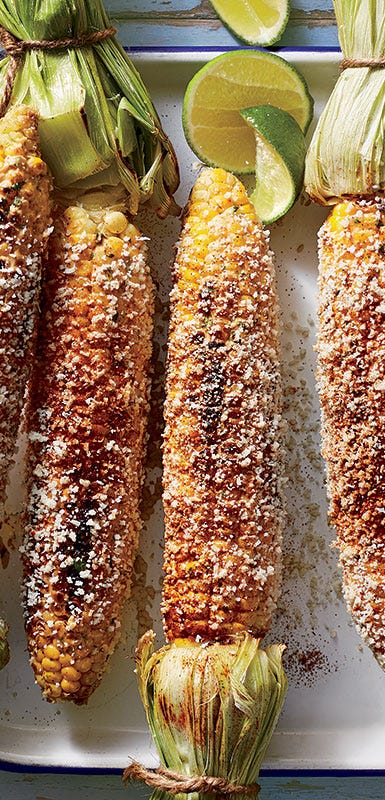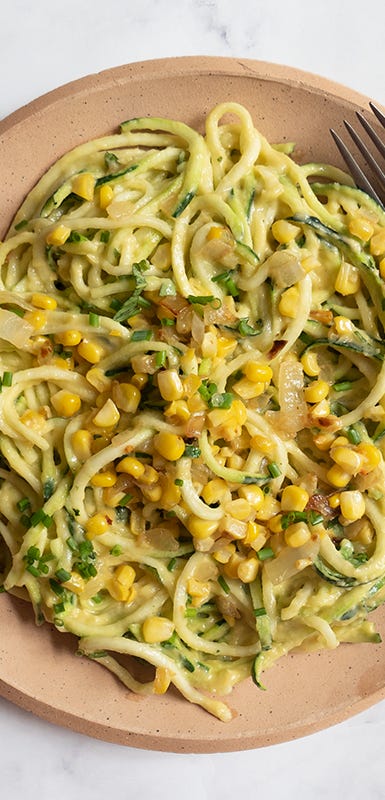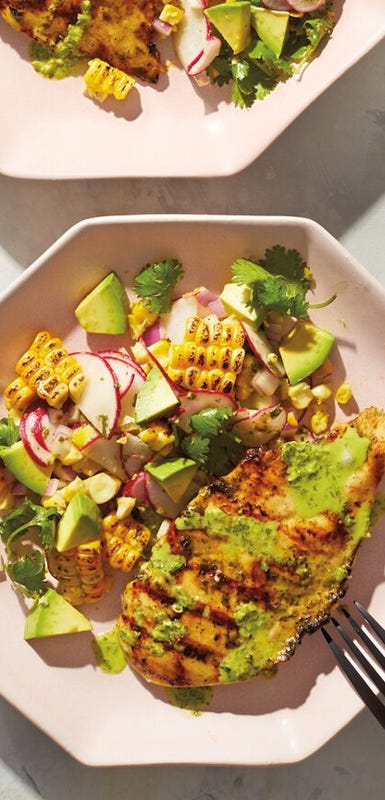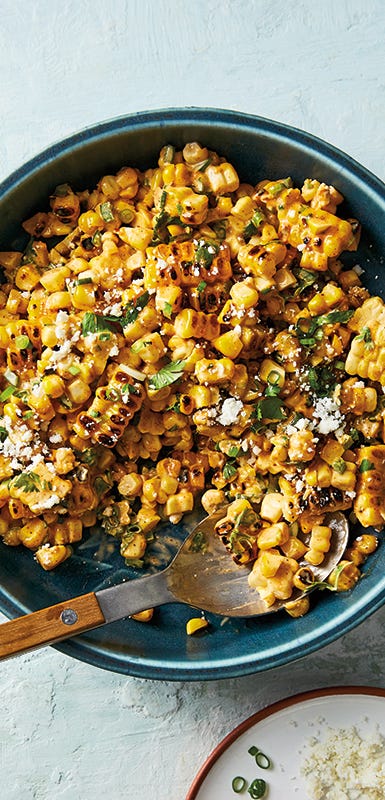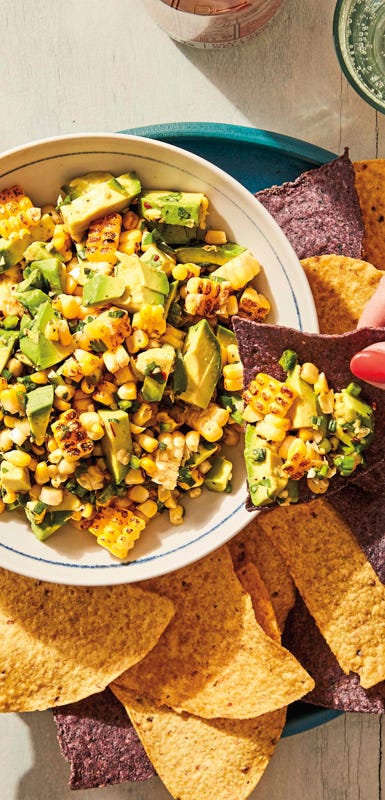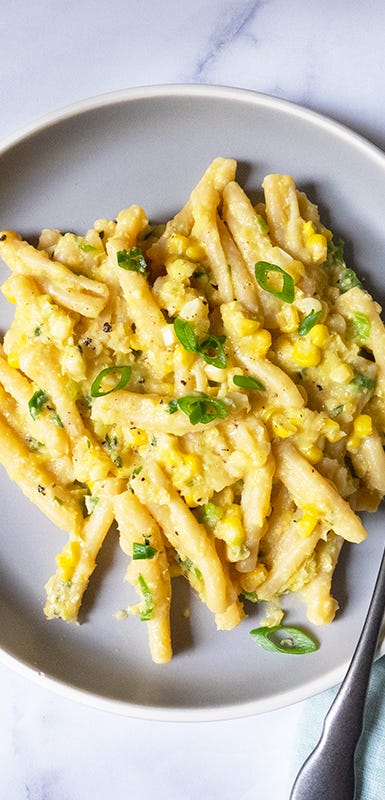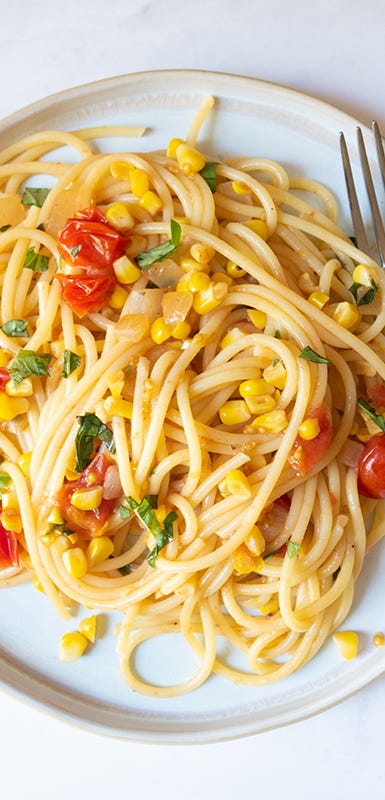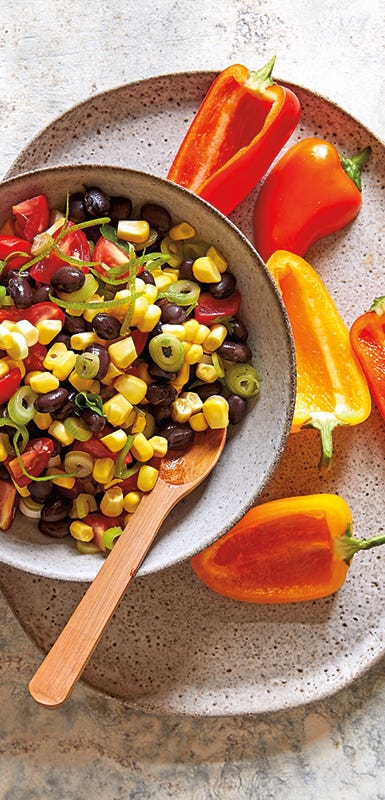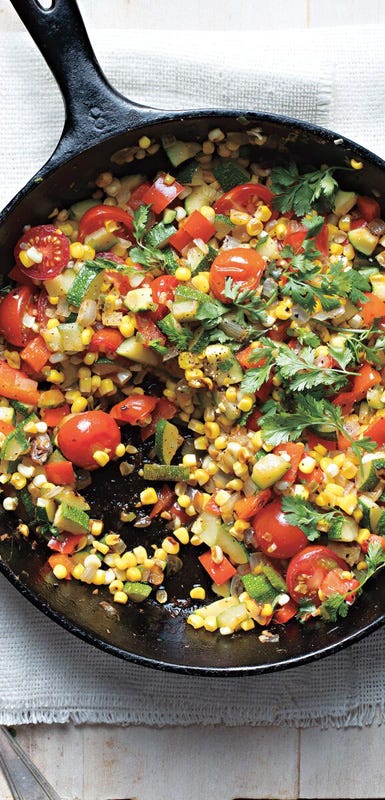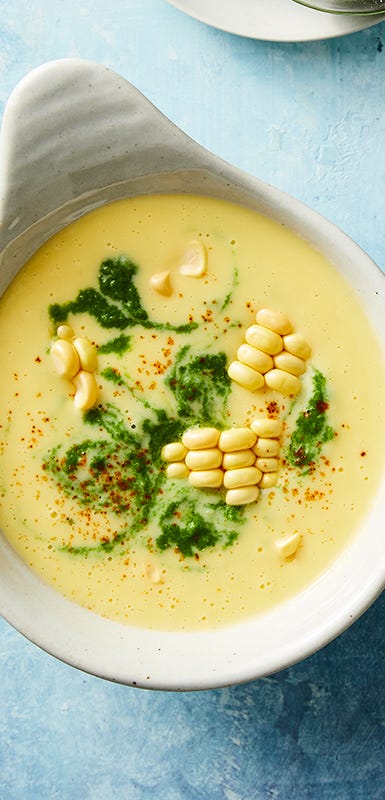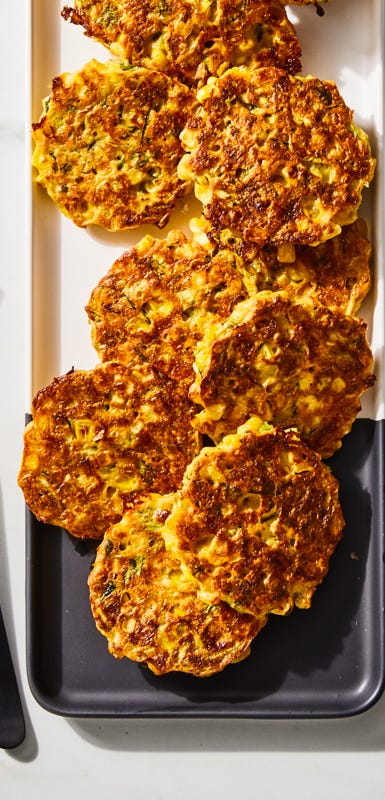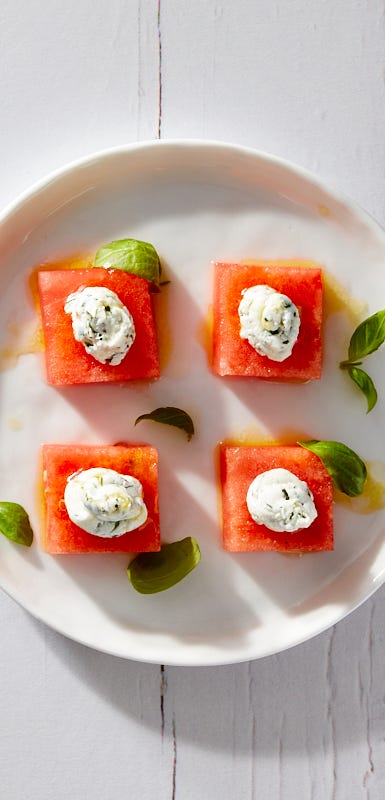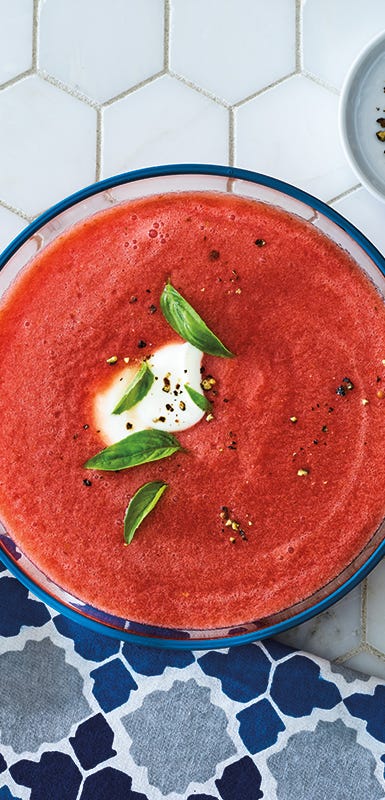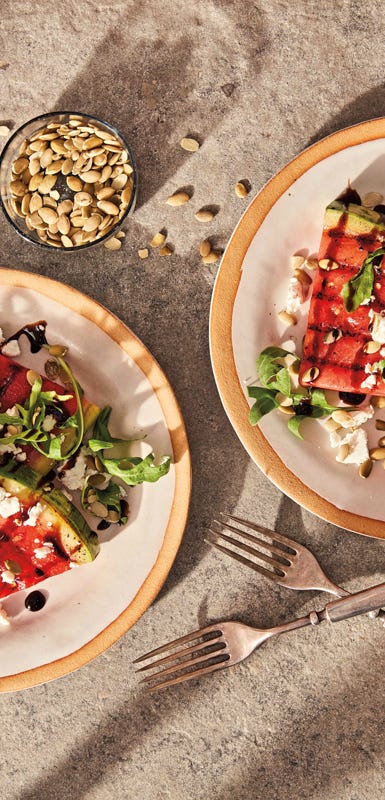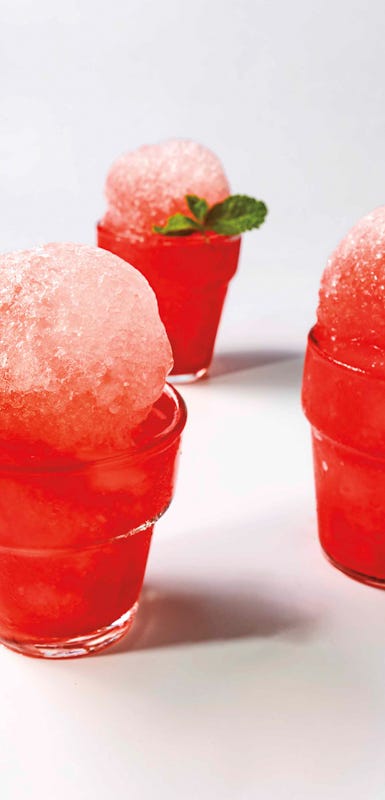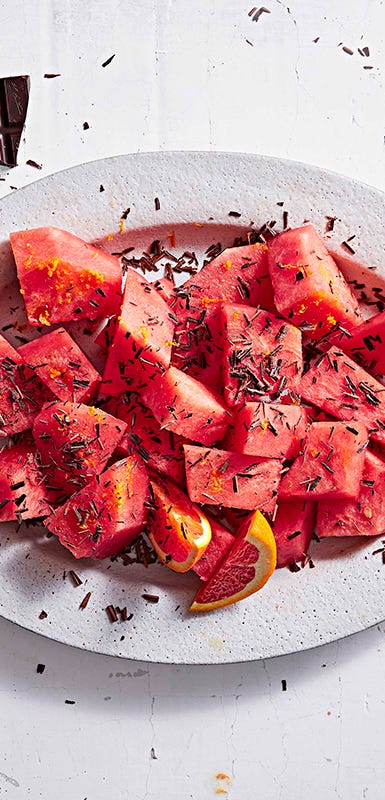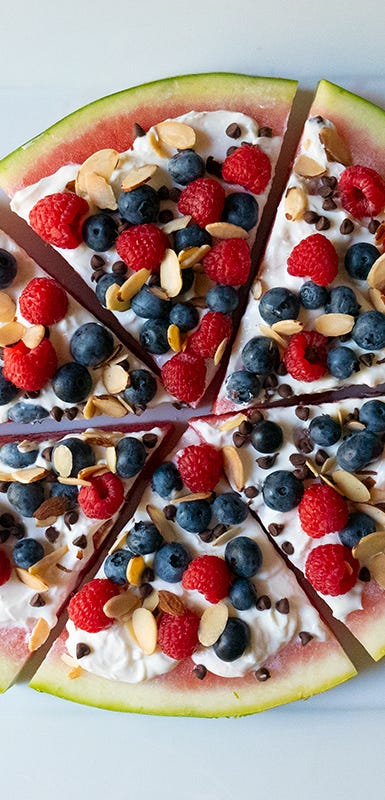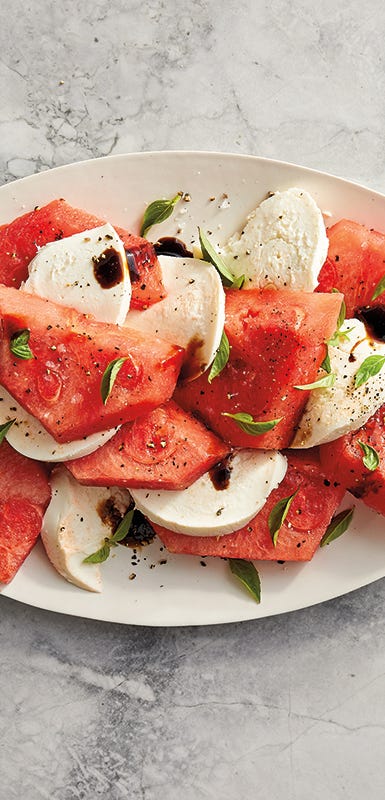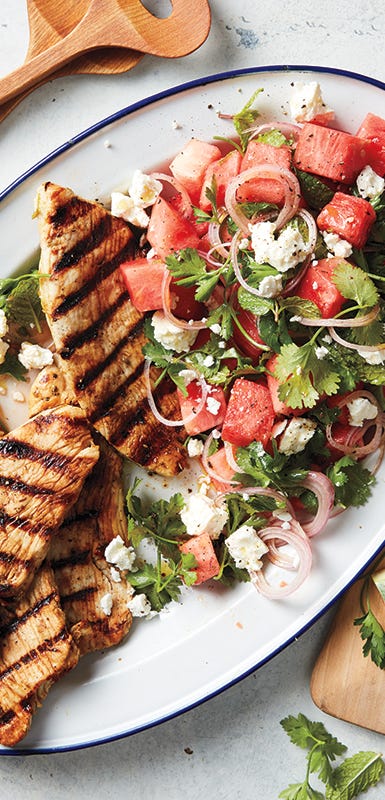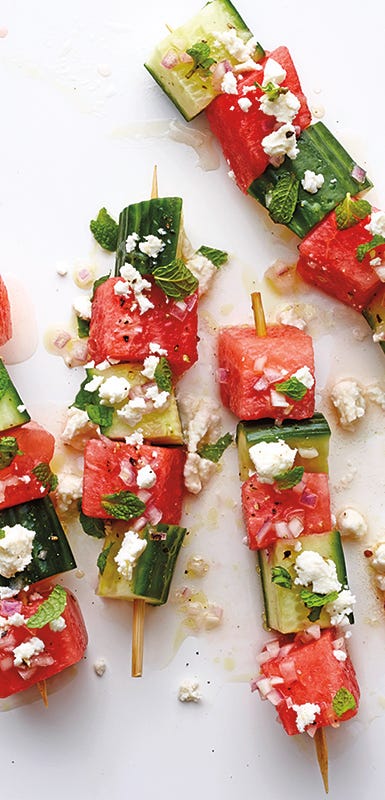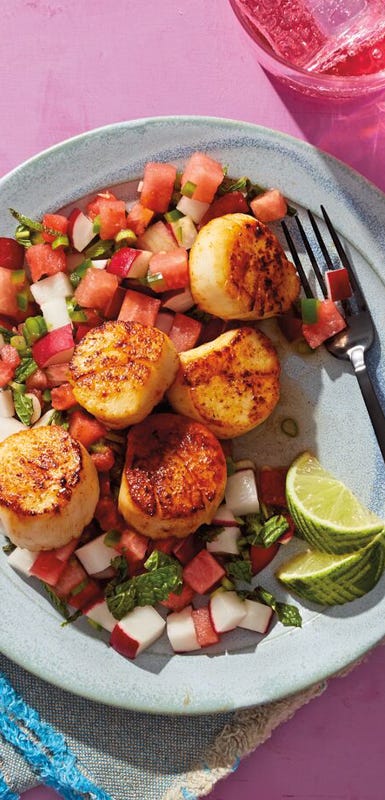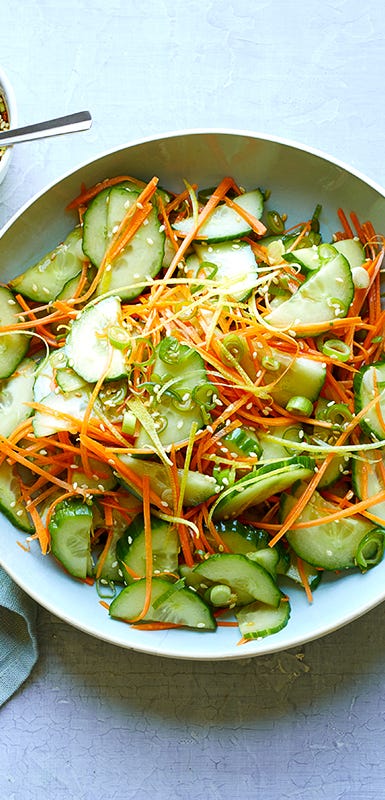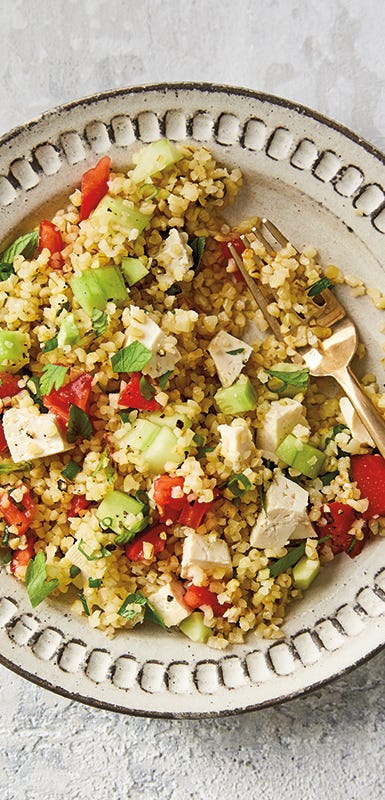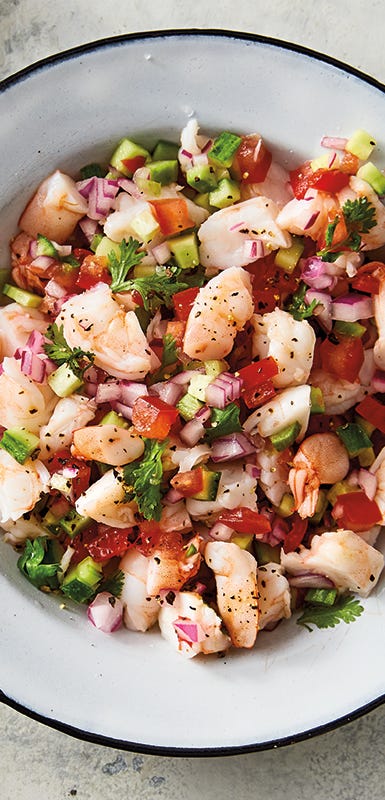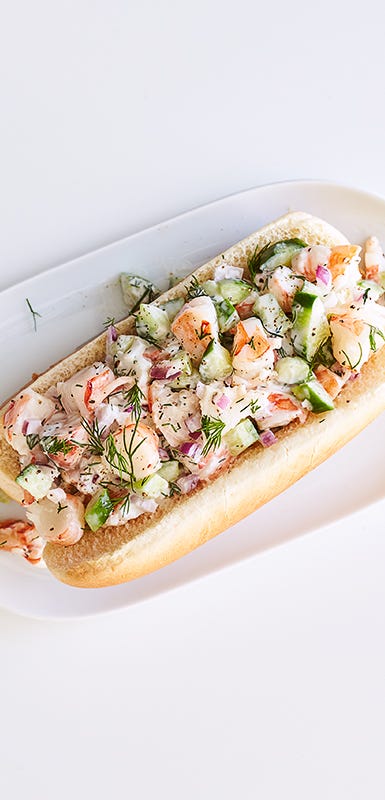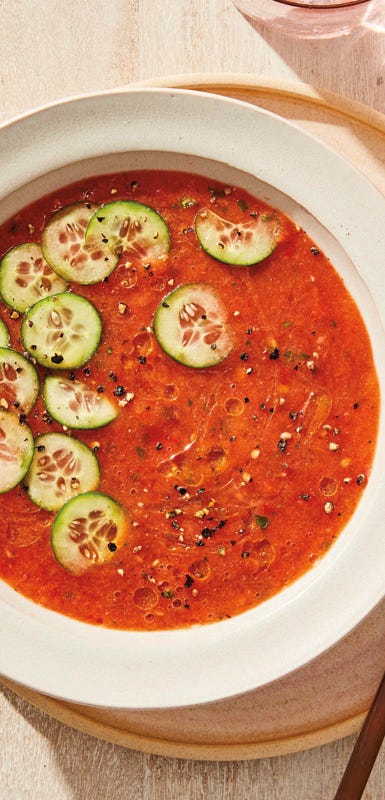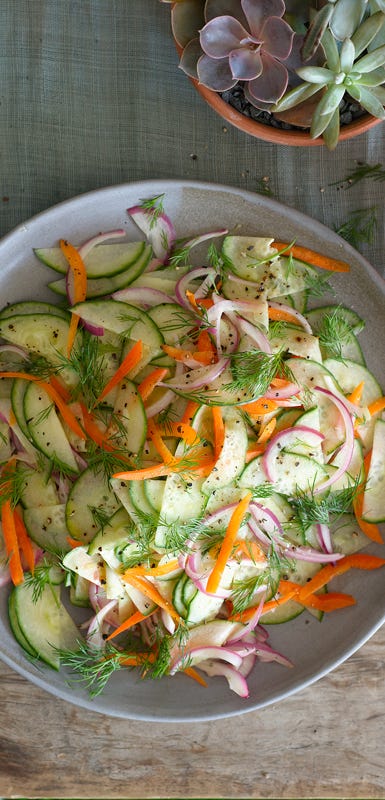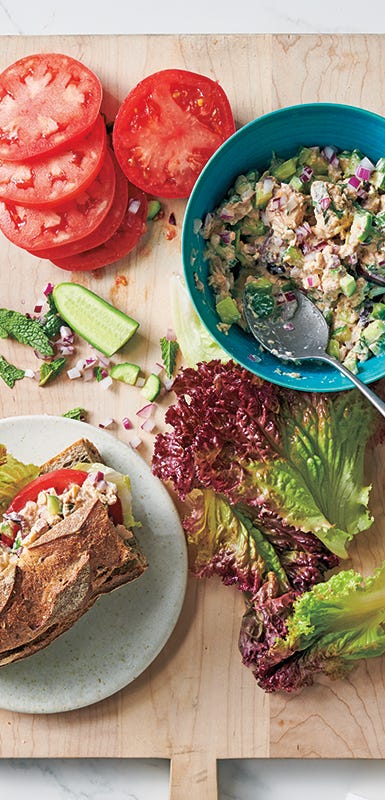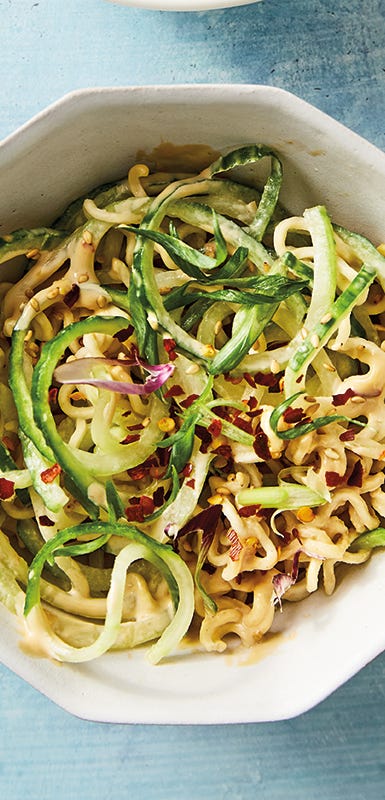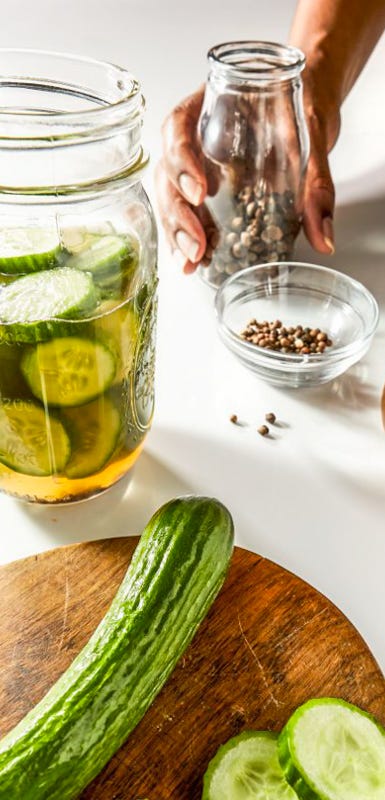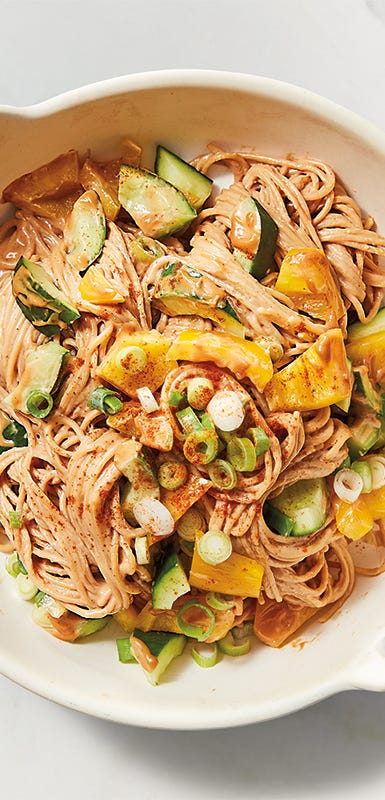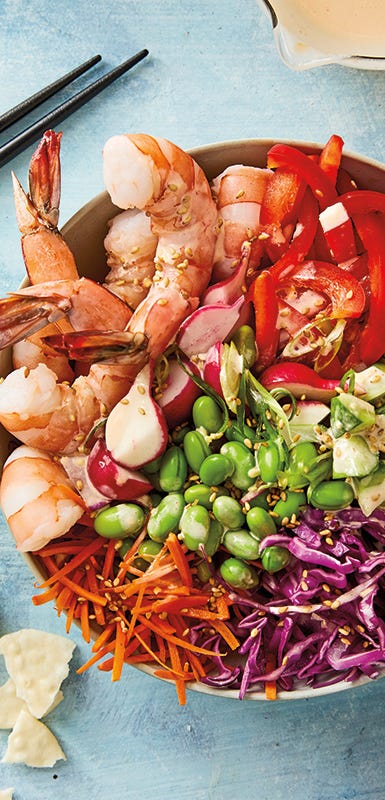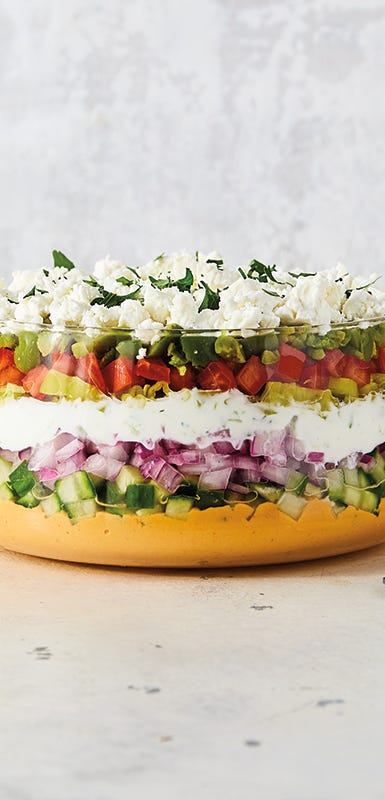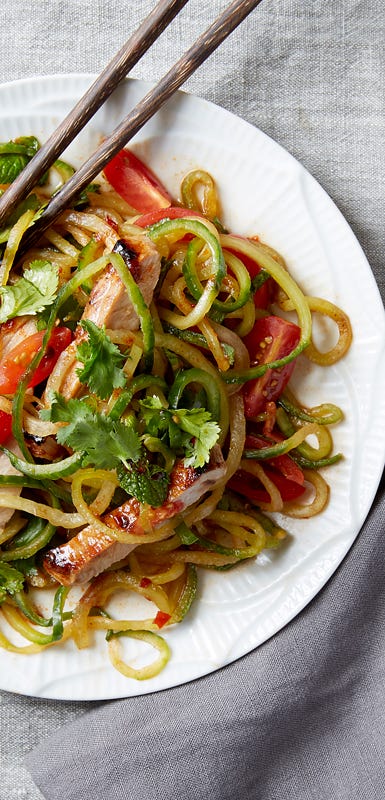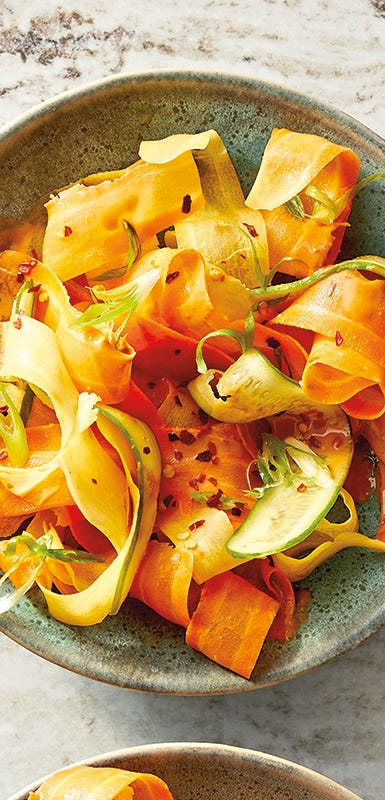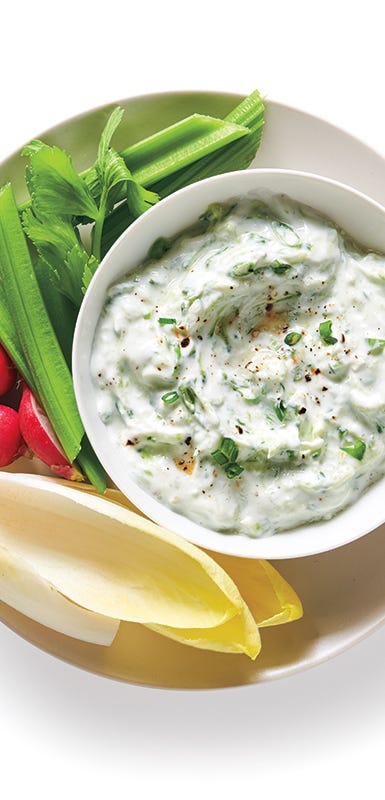41 ways to use August’s best produce
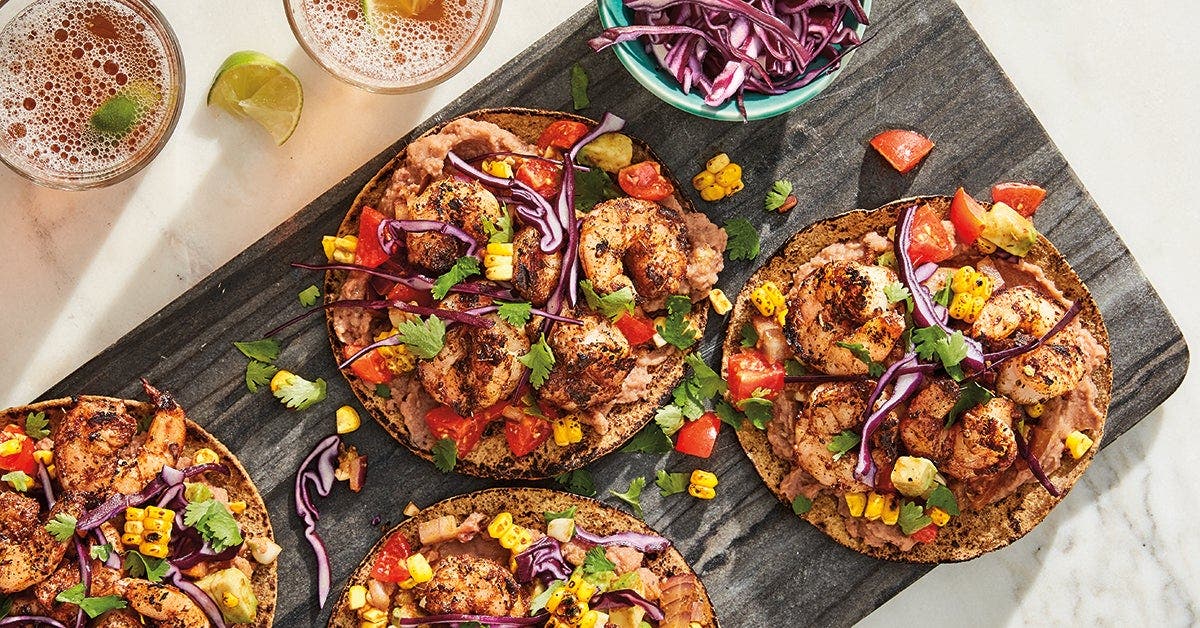
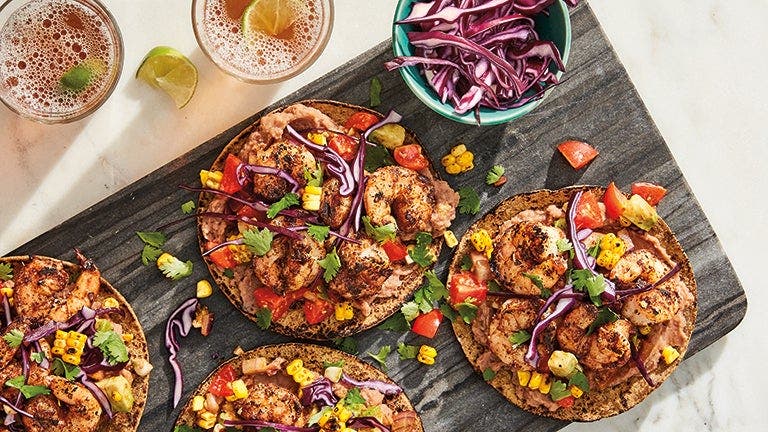
We know you know, but we have to say it again: the farmers’ markets are amazing right now. You could make all your meals for the day from what you can find there! If you’re not sure where to start, just ask any of the vendors at your local market. And no matter where you shop, look for some of this month’s in-season veggies, which include corn, watermelon, and cucumbers. Read on for how to store them and ways to use them.
Corn
For optimal flavor, try to buy the freshest corn on the cob possible. Corn’s sugars begin to turn to starch the moment the ears are picked, causing once sweet, tender kernels to dry out and lose flavor within a few days. Look for ears with moist (not dried out) bright green husks. The silk at the tip of the ear should be golden brown and look fresh and glossy. Mushy or discolored corn kernels could be a sign of age or poor handling. Refrigerate corn loosely wrapped in a plastic or paper bag no more than one to two days; leaving it in the husk until cooking will help preserve freshness.
Our Best Corn Recipes
Watermelon
Watermelon is available year-round, but in the United States peak season is June through August. Whole melons should be heavy, without any soft spots or cracks. (A pale-yellow spot is fine; it indicates the fruit was picked when ripe.) A ripe melon should smell fresh and sweet and sound hollow when you tap on it, which indicates juiciness. You can store whole watermelon at room temperature for seven to 10 days or in the refrigerator for two to three weeks. Cover cut watermelon, which will keep refrigerated for two to three days. Watermelon is a good source of vitamins A and C, and is packed with the antioxidant lycopene.
Our Best Watermelon Recipes
Cucumber
While there are a variety of cucumbers on the market, three types seem to be the most common. Standard supermarket cukes are five to eight inches long, with smooth, thick, deep-green skin that’s usually waxed to hold in moisture; you should peel these before eating. Their flesh is mildly flavored, with lots of fairly large seeds. European, aka English or hothouse, cucumbers are thin-skinned and nearly seedless. They’re slim, long (about 14 inches), often sold shrink-wrapped so they stay fresh without wax, and don’t need to be peeled. Middle Eastern cukes, often marketed as Persian or Israeli, are sweet, small (4 to 6 inches long), and slender, with ridges in their thin skin. No matter which types of cukes you buy, look for ones that are firm, without dents or dark spots. Store whole cucumbers in a loosely closed plastic bag in a vegetable drawer for three to five days, and wash just before use.

